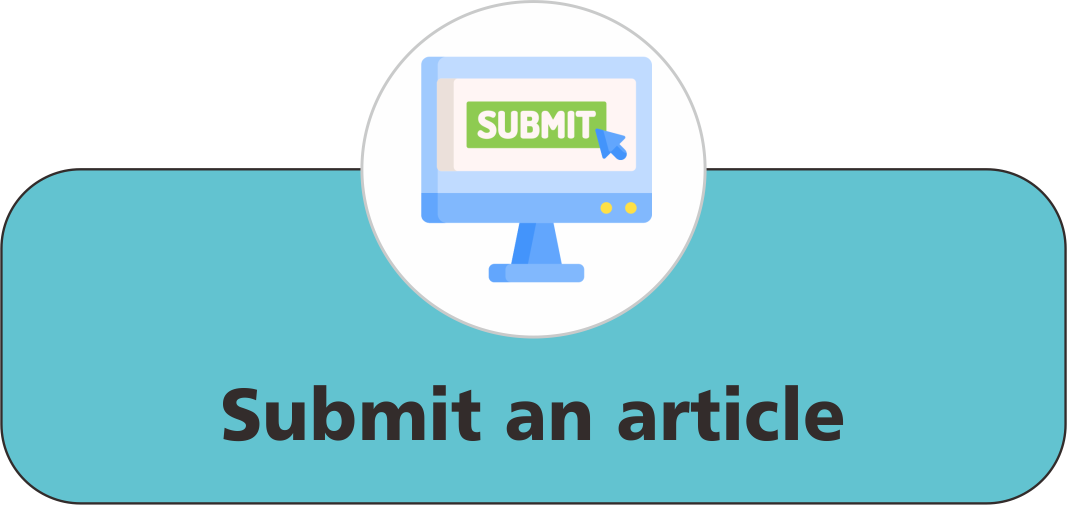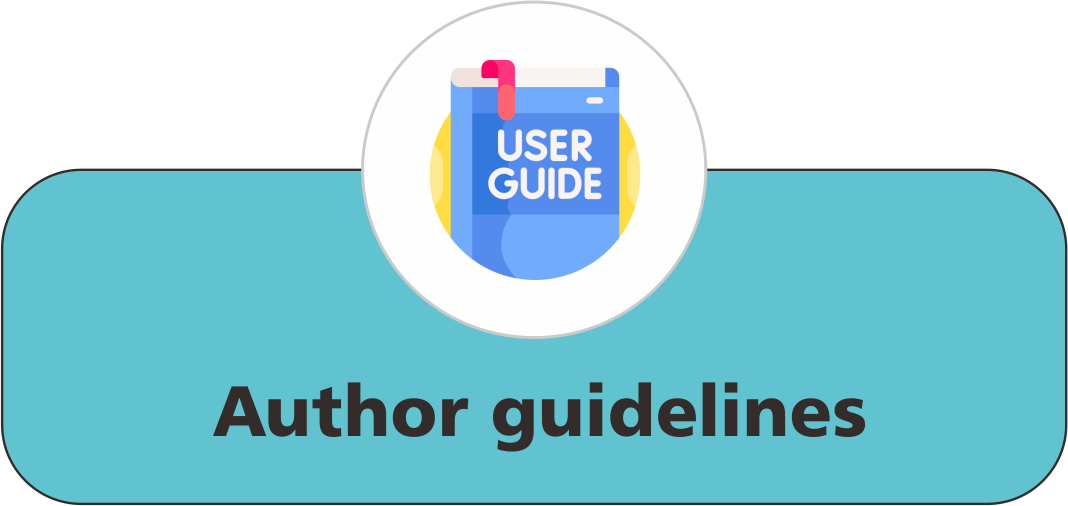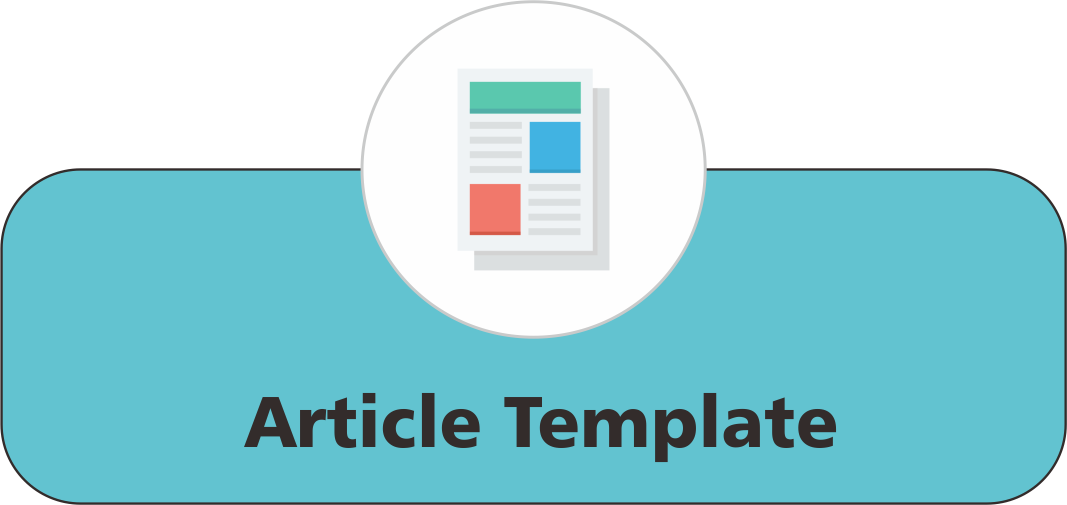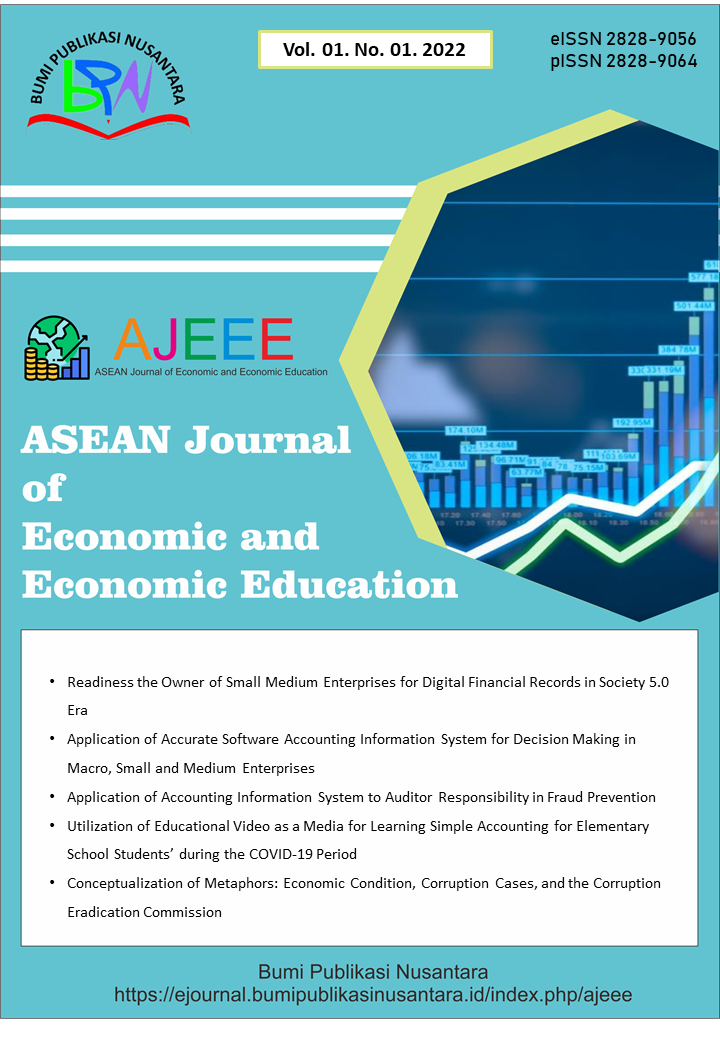The Economics of Recycling: A Review Compiled with Tax and Subsidiary, Implication for Government, Decision-Makers, Enterprises, Community, and Analysis Cost/Benefit and Market
 ),
),
(1) Al-Hikmah University
 Corresponding Author
Corresponding Author
Abstract
Keywords
References
Chen, Y. Y., Wang, L., and Huang, Y. T. (2020). A pay-as-you-throw system with performance-based recycling incentives: Evidence from Taipei, Taiwan. Waste Management, 106, 295-305.
Costa, F., Pires, A., and Ramos, T. B. (2017). Pay-as-you-throw schemes: A literature review. Waste Management, 68, 475-493.
Dahlbo, H., Aalto, K., and Antikainen, R. (2021). Business models in circular economy transitions: A review and research agenda. Journal of Cleaner Production, 296, 126562.
Dornfeld, C., Flapper, S., and van der Lugt, R. (2021). Product-specific circular business models: A systematic literature review. Journal of Cleaner Production, 278, 123828.
Edler, J., Georghiou, L., Yeow, J., and Yeow, J. (2020). Vertical integration in recycling: An exploration of the business models of recycling companies. Resources, Conservation and Recycling, 161, 104985.
Farrell, K. N., Hainmueller, J., and Mummolo, J. (2019). Combining list experiments and direct questions to estimate hidden populism in the United States. American Journal of Political Science, 63(4), 999-1022.
Fischer, C., Salant, S. W., and Zhao, J. (2018). Emissions trading, electricity generation and production efficiency. Journal of Environmental Economics and Management, 88, 180-209.
Geng, Y., Doberstein, B., and Fujita, T. (2020). Reverse logistics in the context of extended producer responsibility: A systematic literature review. Journal of Cleaner Production, 249, 119372.
Geyer, R., Jambeck, J. R., and Law, K. L. (2016). Production, use, and fate of all plastics ever made. Science Advances, 3(7), e1700782.
Ghinea, C., Rosca, E., and Cioca, L. I. (2020). E-waste management business models: Lessons learned from life cycle assessment studies. Journal of Cleaner Production, 279, 123648.
Gomez, C. M., Ribeiro, M. M., and Freire, F. (2019). Pay-as-you-throw based on waste generation and social tariffs: A case study. Waste Management, 95, 305-314.
Hahladakis, J. N., Iacovidou, E., and Velis, C. A. (2021). Challenges and opportunities in the implementation of the circular economy agenda. Resources, Conservation and Recycling, 167,165412.
Huang, Y., Li, B., and Xie, J. (2020). Variable pricing for municipal solid waste management: A review. Waste Management, 105, 21-32.
McConnell, V., Schwartz, J., Chang, Y., and Choy, S. L. (2018). Beverage container deposit-return laws: Associations with recycling behavior and weight loss. American Journal of Preventive Medicine, 55(3), 353-360.
Mohammadi, F., Rezaei, J., Tavasszy, L., and de Brito, M. P. (2020). Circular economy in the food and beverage industry: A systematic literature review. Journal of Cleaner Production, 261, 121245.
Norgate, T., and Rankin, W. (2019). Life cycle assessment of aluminium can production. Environmental Science and Technology, 53(4), 2133-2144.
Recycling International. (2023a). China's import ban: A year later. Recycling International, 2023(1), 14-17.
Recycling International. (2023b). Global trade policies impact recycling. Recycling International, 2023(1), 10-13.
Reike, D., Vermeulen, W. J., and Witjes, S. (2018). The circular economy: New or refurbished as CE 3.0? —exploring controversies in the conceptualization of the circular economy through a focus on history and resource value retention options. Resources, Conservation and Recycling, 135, 246-264.
Resource Recycling. (2023). Plastics recycling technology: A status report. Resource Recycling, 2023(2), 24-31.
Sorrell, S., Bentley, R., and Buckley, P. (2020). Trading schemes for reducing carbon emissions in road transport: A critical review. Transportation Research Part D: Transport and Environment, 86, 102437.
Wang, S., Xie, J., Li, B., and Huang, Y. (2019). The impact of container deposit-refund systems on recycling rates: Evidence from Taiwan. Resources, Conservation and Recycling, 143, 1-8.
Article Metrics
Abstract View : 1205 times
: 1205 times Download : 1368 times
Download : 1368 times
Refbacks
- There are currently no refbacks.
Copyright (c) 2024 Bumi Publikasi Nusantara

This work is licensed under a Creative Commons Attribution-ShareAlike 4.0 International License.



_publication_ethics1.png)



